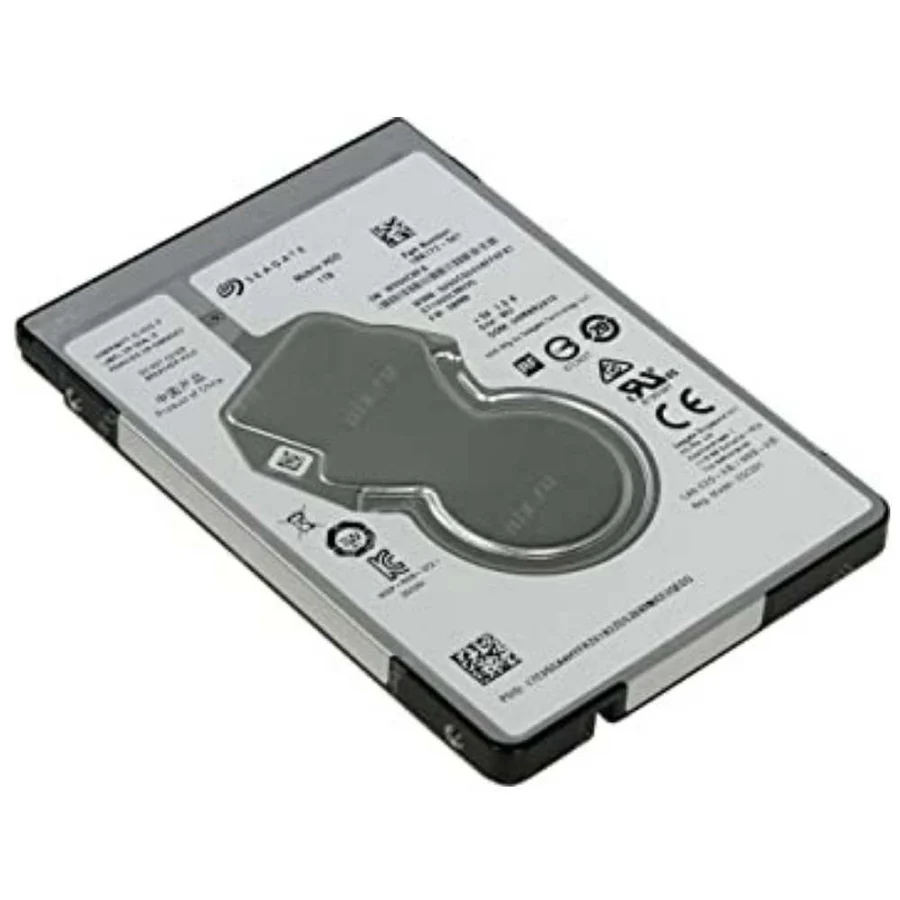₹3,200.00
1TB Seagate internal HDD for laptops, the most common options are 2.5-inch hard drives, which are smaller in size than desktop models and designed to fit into laptop bays. Seagate offers reliable 1TB internal HDDs for laptop use that provide a balance of storage capacity, performance, and energy efficiency.
Before purchasing, make sure that your laptop is compatible with a 2.5-inch SATA HDD. Most modern laptops support these drives, but you should check the specifications of your laptop (particularly if it’s ultra-thin) to confirm if it’s suitable for a 1TB HDD or if it requires a specific type of drive.
You can easily install a 1TB Seagate internal HDD by:
Average Star Rating: 0.0 out of 5 (0 vote)
If you finish the payment today, your order will arrive within the estimated delivery time.
Reviews
There are no reviews yet.